The Just Crossing Alliance’s advocacy around the proposed Interstate Bridge crossing is driven by an urgent need to mitigate and adapt to climate change, by strong values of environmental justice, environmental protection and social justice and by the need to balance the fiscal needs of many different transportation and other infrastructure priorities in our region.
The research is clear: expansion of automobile infrastructure induces additional trips that increase greenhouse gas emissions and local pollution. To reduce greenhouse gas emissions and reduce the pollution burden on our communities and especially on frontline communities that tend to bear the heaviest burden, we need to reduce Vehicle Miles Traveled (VMT) by actively managing travel demand, electrifying our vehicle fleets, and encouraging shifts to transit and other modes.
We Support
Public Transportation
We support robust High Capacity Transit connections over the crossing. We would like to see both Light Rail and Bus Rapid Transit traverse the crossing without interference from motor vehicles. These two systems potentially serve different travel markets and we want to provide maximum flexibility to transit providers about future service patterns.
Transit service in the corridor, including feeder connections, must be adequately funded to achieve the necessary modal shift.
We also support exploration of Regional Rail in the corridor, if not in this project, as well as improvements to inter-city public transportation.
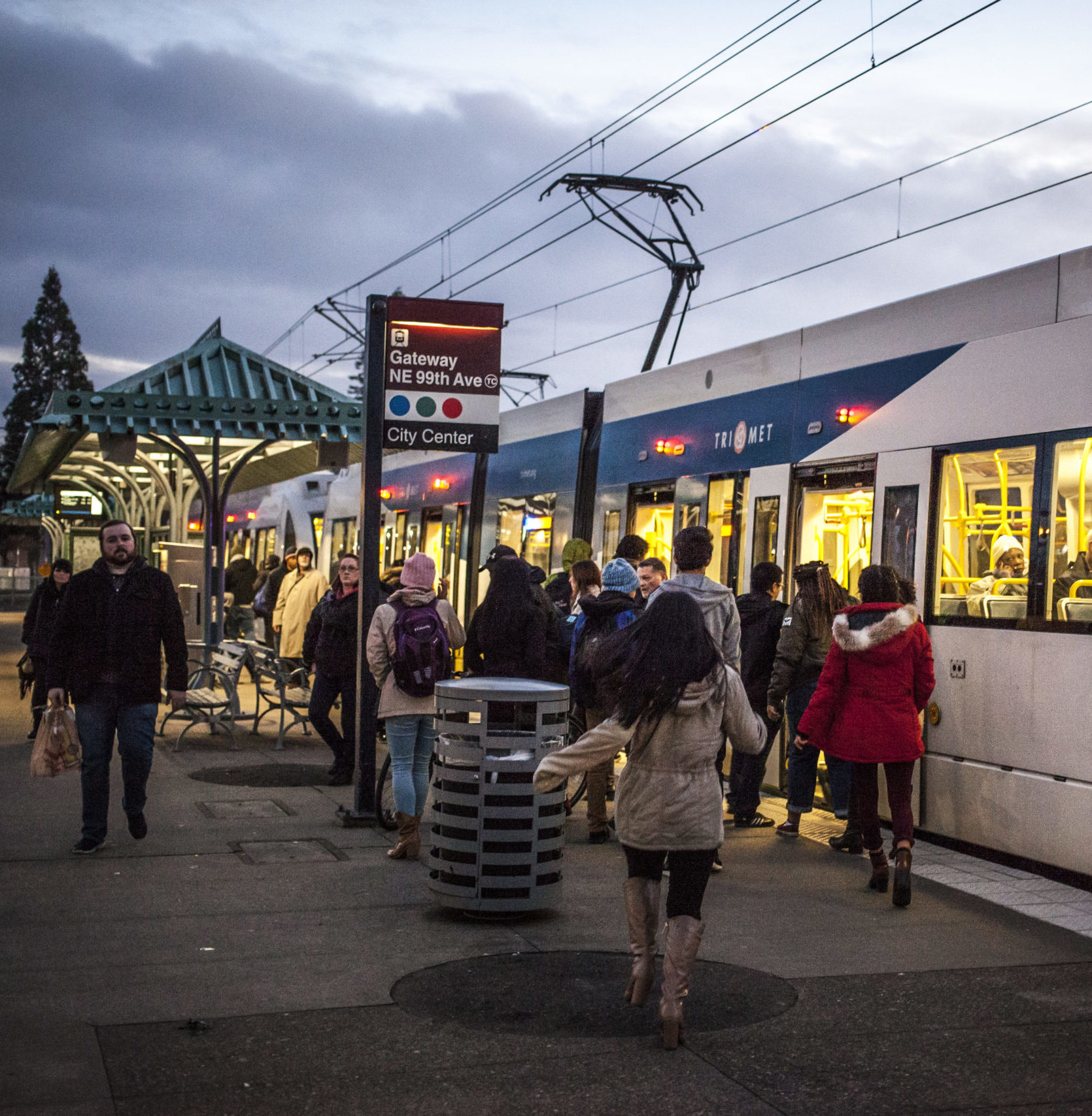
Photo Credit: TriMet
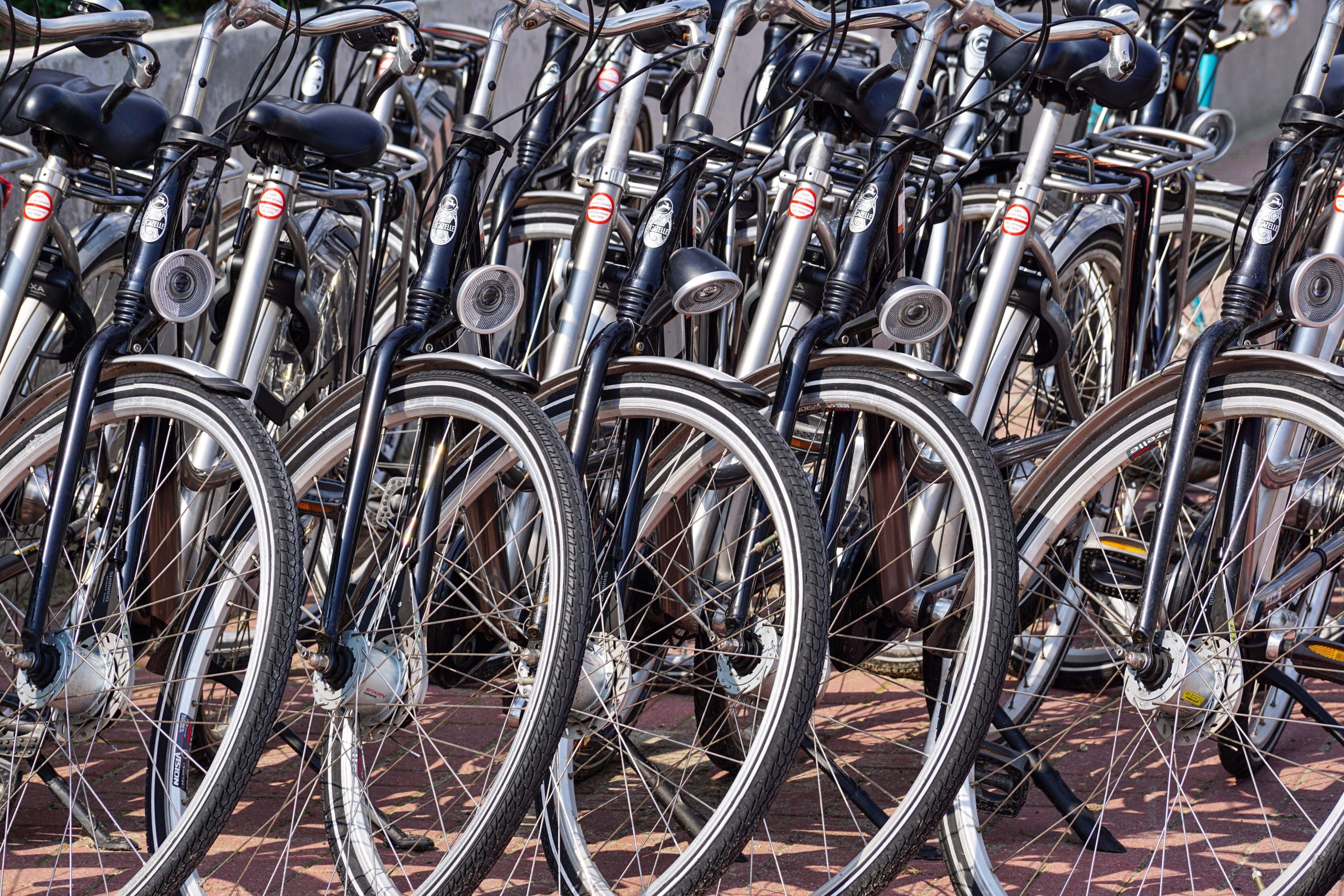
Active Transportation
The crossing should provide a safe, comfortable, accessible and pleasant experience for people walking, biking and rolling that is well-connected to regional active transportation and transit networks on both sides of the river and on Hayden Island.
Pricing and Right Sizing
We support an equitable congestion pricing system to manage congestion on the crossing, integrated and coordinated with regional pricing systems. The design of the project should be determined by the level of demand that would occur after pricing is implemented, and not an un-priced roadway. Pricing should be implemented prior to any commitment to increase capacity.
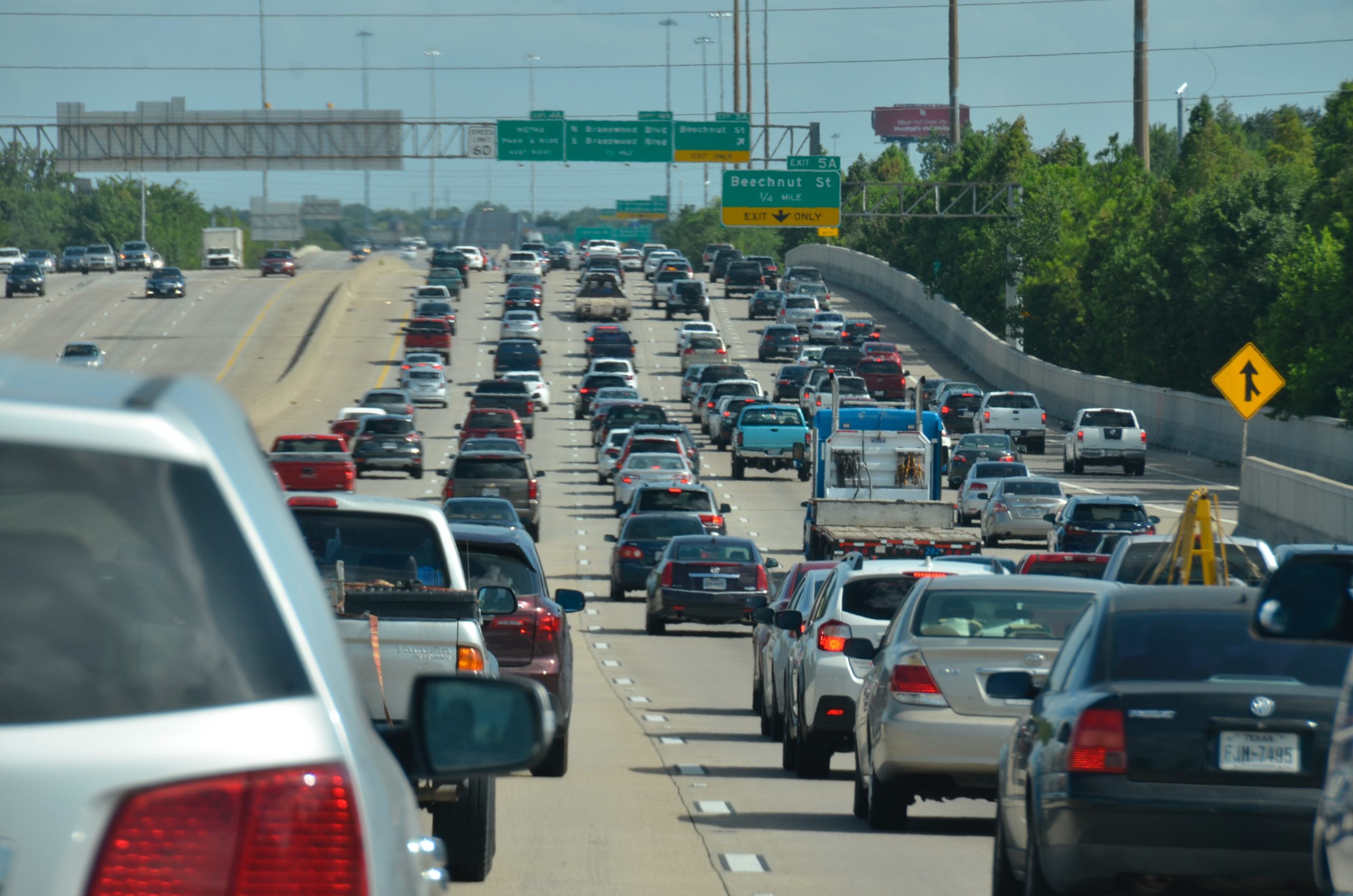
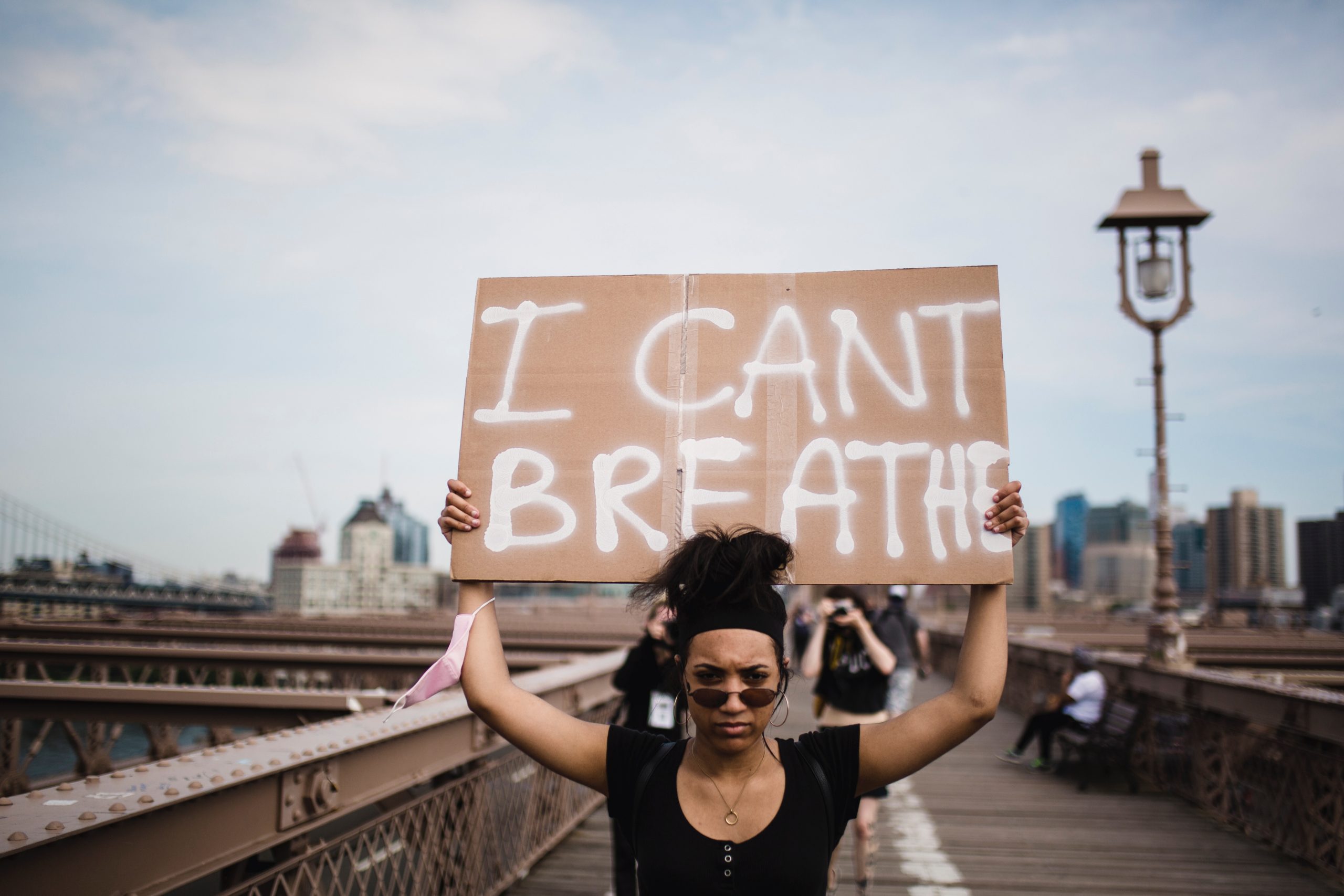
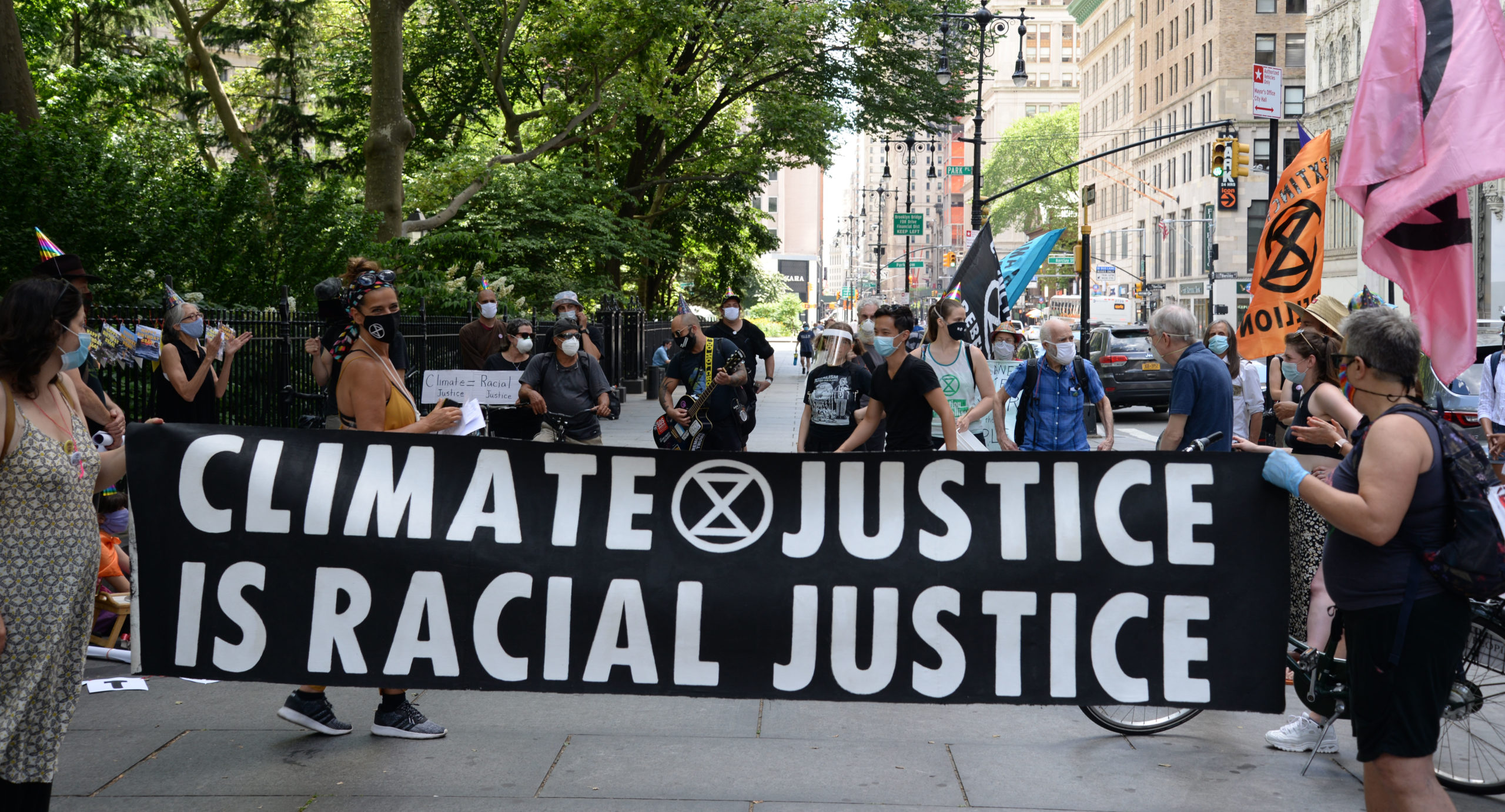
Photo Credit: Felton Davis
Environmental Justice and Racial Equity
The alliance acknowledges the disproportionate harm highways have caused to frontline communities particularly Black, Brown, indigenous and low-income neighborhoods. The solutions we support will not cause further harm to overburdened populations and will affirmatively lessen the burden of pollution and exclusion that the current transportation system has caused to these communities and to non-drivers in Washington and Oregon who due to disability, age, or poverty do not or cannot drive a motor vehicle. We also acknowledge treaty obligations to tribal nations and welcome their involvement in the design of the crossing.
We also note that as with most commuting corridors, the demographics of commuters using the crossing are whiter and higher income than the communities they pass through, leading to an inequitable distribution of benefits and burdens like air quality and noise among others.
Environmental Protection
We support avoiding and minimizing to the maximum extent practicable, impacts on natural resources and fish and wildlife populations both during construction and over the long-term. All significant unavoidable natural resource impacts, both temporary and permanent, should be fully mitigated. Priority should be placed on avoiding, minimizing and mitigating harm to natural areas, floodplains, river adjacent land and shallow water habitat. Specific strategies should be developed to protect state and federally protect avian and aquatic species that may be impacted by the project. Opportunities for habitat restoration in conjunction with bridge construction should be considered. The project should incorporate cutting edge green stormwater strategies. Design should incorporate strategies to reduce wildlife hazards such as preventing bird collisions and avoiding light pollution.


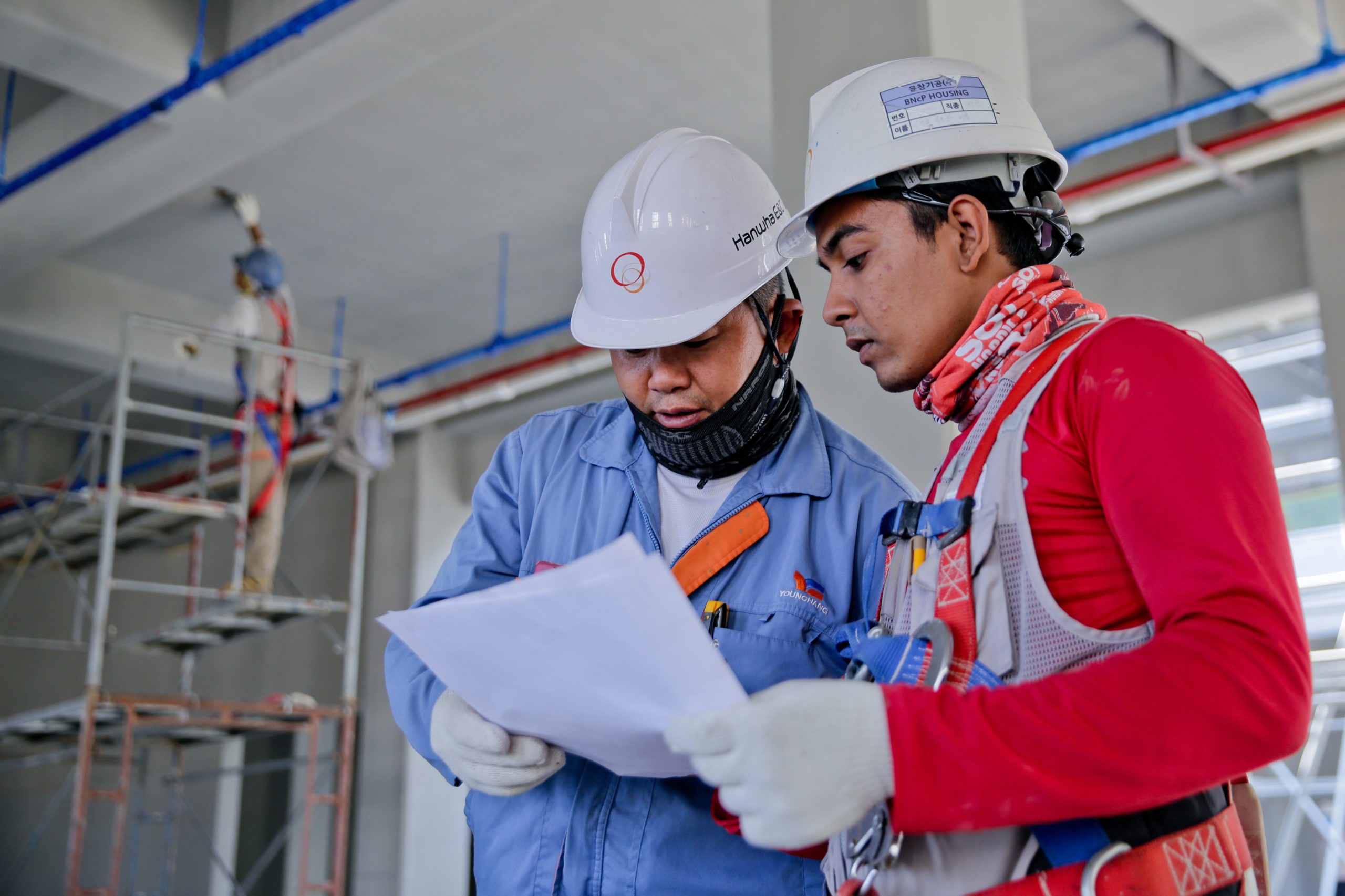
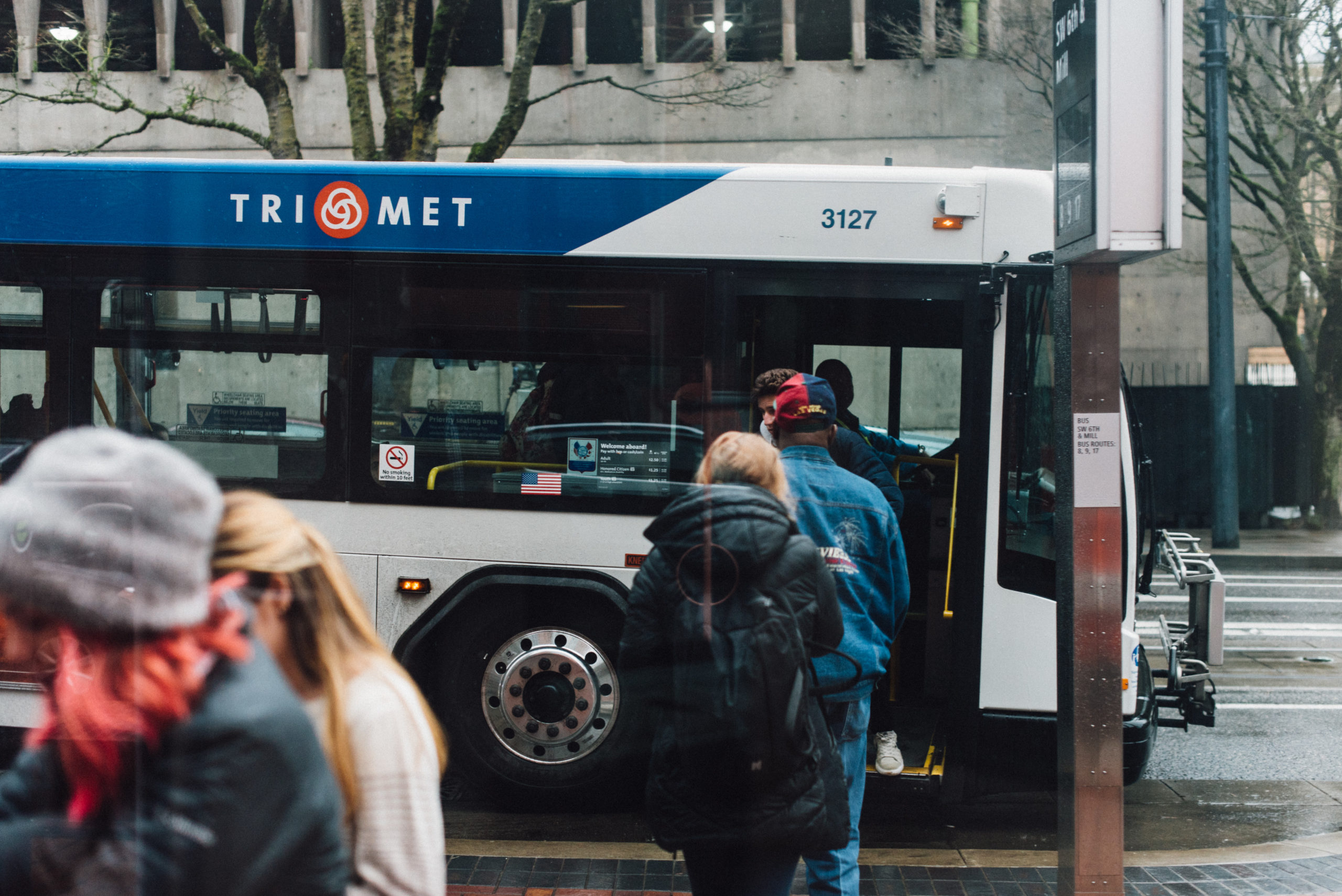
Photo Credit: TriMet
Employment and Access to Opportunity
We support strong minority and disadvantaged business contracting practices for any project involved in the crossing. We also support a strong project labor agreement and apprenticeship opportunities similar to Metro’s Construction Careers Pathways Project. We are excited about the opportunity to support tens of thousands of family-wage union jobs through the construction of a responsibly designed project.
The Alliance supports a broad definition of jobs and opportunities from transportation. The solutions we champion must increase access to opportunity — school, work, social, healthcare etc — for everyone including the 25% of Washingtonians and Oregonians who are non-drivers. We strongly favor crossing solutions that lower the cost of commuting for households such as transit, biking, and walking and which reduce the economic trap of auto dependency.
As part of this inclusive view of the nexus of transportation and opportunity, we advocate for projects that produce long-term jobs not just temporary construction jobs. Transit operators, mechanics, and other transit workers provide an essential function to society and solid middle-class union jobs — that last long after the planning, design, and construction are done.
Forward Looking Land Use Planning
Transportation projections for Columbia River crossings should assume that the four counties of the Metro Region will accelerate their progress towards Metro’s 2040 Growth Concept, especially “compact development that uses land and money efficiently.” Such progress will reduce commuter demand from Washington to Oregon, both to improve the region’s livability and equity, and to reduce climate-changing greenhouse gas emissions.
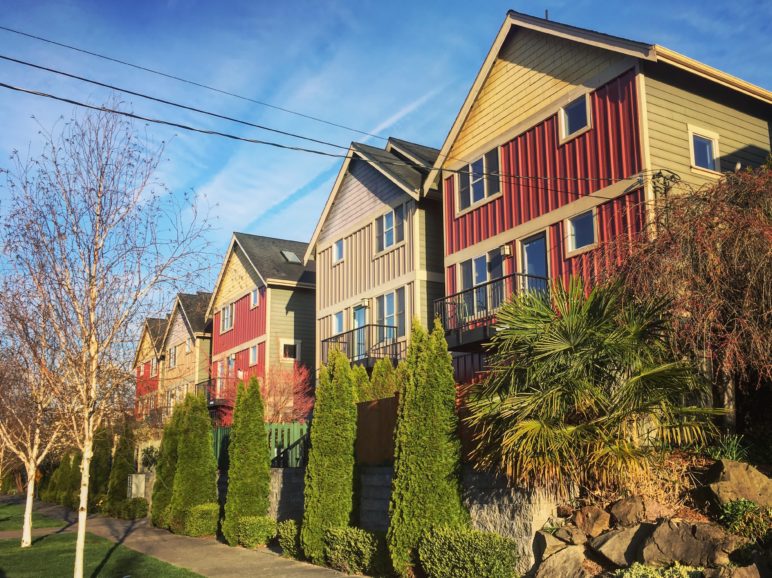
Photo Credit: Sightline Institute
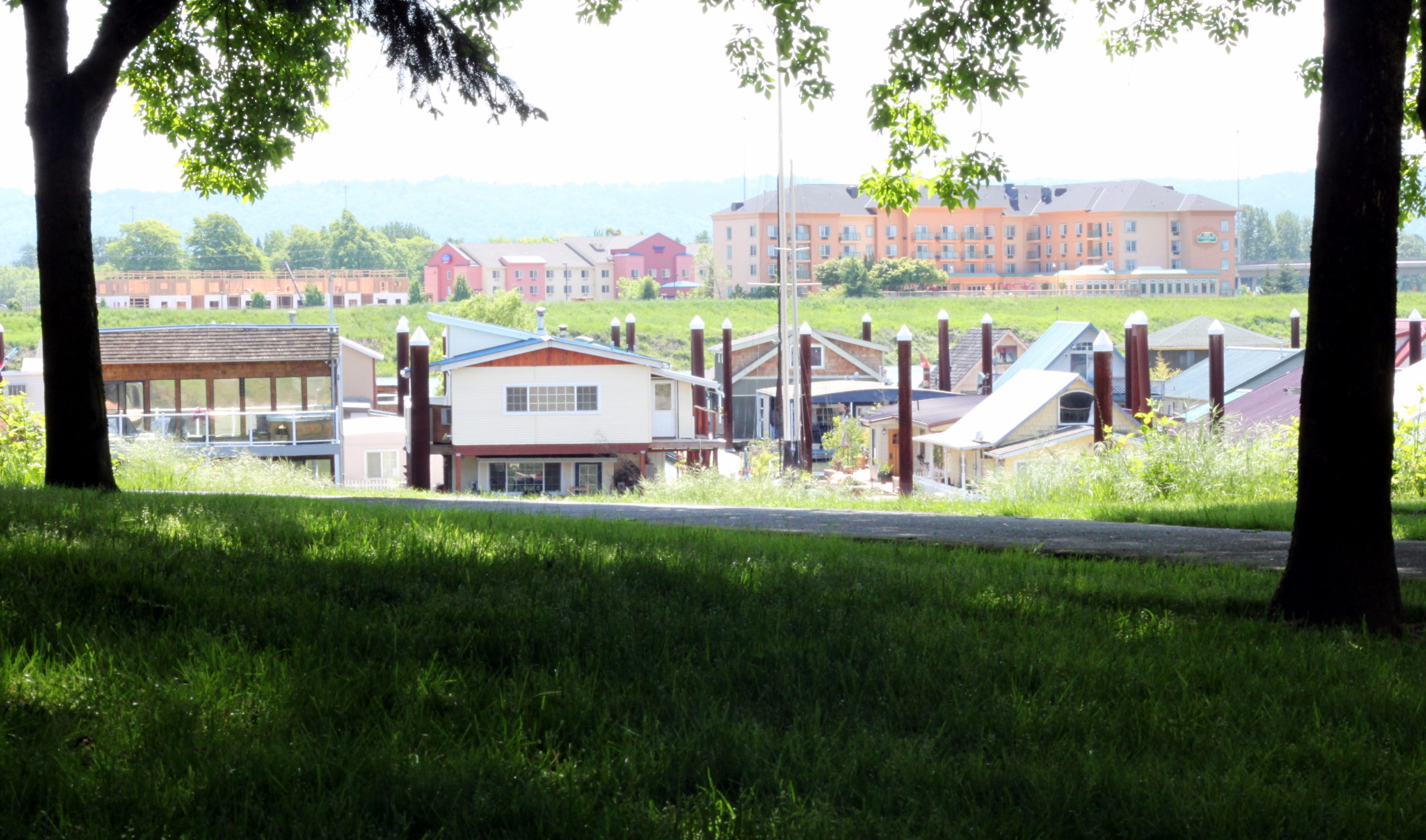
Hayden Island
We support non-freeway access between Portland and Hayden Island and minimization of any freeway footprint on Hayden Island, with the goal of improving livability, safety, and air quality for the residents of Hayden Island. Impacts to West Hayden Island should be avoided altogether.
We Oppose
Mega-project Bundling
We oppose treating this project as a monolith. The declared urgency for this project is the age and purported seismic deficiency of the existing interstate bridges. These bridges constitute about a mile of this five mile project, which also contains seven freeway interchanges. We believe breaking the IBR program into distinct projects that can be separately evaluated and prioritized would both make it easier to address the crossing itself and be more accountable to the public and the many other transportation priorities in the region.


Freeway Expansion
We believe that our urgent need to fend off the worst impacts of climate change requires us to accommodate growth in people movement over the crossing on transit and active transportation. To the extent that goods movement requires additional capacity on the crossing, it should be accommodated through mode shift away from single-occupancy vehicles.
We are Neutral
Seismic Replacement or Remediation
We appreciate the need for seismic resilience in our infrastructure and the need to keep travelers safe during a seismic event. We note the many unreinforced masonry multi-family housing buildings, schools and other public buildings, the CEI (Critical Energy Infrastructure) Hub in Portland and the literally thousands of seismically deficient bridges in Oregon and Washington. We do not take a position on where the crossing falls in priority among all these urgent needs.
We also note the seismic risk associated with the rail bridge just downstream from the project and the impact to both rail freight and river navigation if that bridge were to be allowed to fail.
